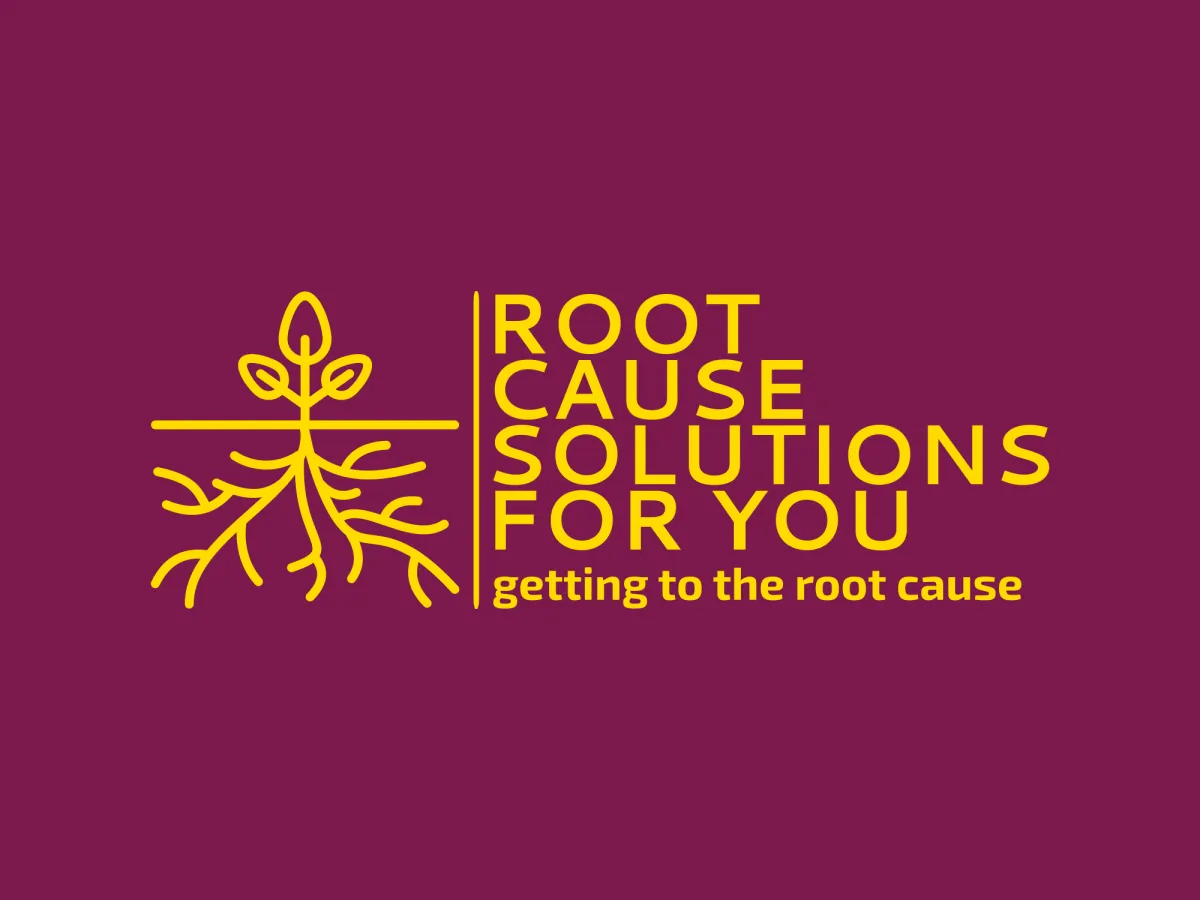Be Free Of Toxic Mold Exposure Symptoms!
My holistic approach focuses on nourishing & supporting your body, to eliminate symptoms of toxic mold exposure.
We'll address the root causes of health issues, restoring vitality and health to your life.

Meet Fabiola
As the founder of Root Cause Solutions For You Fabiola is passionate about helping you achieve your optimal state of health and well-being. With years of experience and a deep commitment to holistic and personalized healthcare, Fabiola is dedicated to guiding you on a transformative journey towards a healthier, happier you.
Fabiola helps people with toxic mold exposure and symptoms find the right path to wellness that encompasses the unique approach that will work for that individual.
Services

Mold Detox Blueprint
My personalized toxic mold detox consultation service will help you locate the root cause of your mold toxicity and symptoms. I work one-on-one with my clients to assess their situation on many levels. Allowing me to make the exact right protocol of supplements, dietary habits, lifestyle changes for complete mold detox and health rejuvination and revitilization.

Quantum Nutrition Testing
Quantum Nutrition Testing (QNT) is a way to find the CAUSE of your health problems from a distance. It is a form of applied Kinesiology used in telehealth practices. Learn how this amazing technique can improve your health and wellness.
TESTIMONIALS
What Are Our Customers Saying ?

"Fabiola has been a great help in my health journey. We have been working together a little over a year and I have seen a lot of improvement in how I feel and some of the symptoms I was experiencing with my body. I would recommend seeing her if you have been thinking about handling your nutrition or just want to improve it".
AM

"I was in rough shape physically when I started going to Root Cause Solutions. We were able to hone in and figure out exactly what my body needed in order to function properly. All of the symptoms I had been living with daily are now gone. I highly recommend this service!"
CP
FAQS
What is the Toxic Mold Blueprint, and how is it different from other toxic mold health regimens?
The Toxic Mold Blueprint is a comprehensive approach to wellness for those exposed to and experiencing symptoms of toxic mold. It gets the the root cause of your situation and restores health & vitality. I consider all aspects of your health including detox and proper diet for toxic mold recovery, but also your lifestyle, emotional well-being, and overall health. My approach it unique to you and takes a more personalized and holistic view. I assess your unique needs, taking into account your physical, emotional, and spiritual well-being. MY goal is to create a plan that aligns with your individual goals and addresses the root causes of any health issues, providing a more balanced and sustainable path to wellness.
Will I to follow a strict diet plan, and can I still enjoy the foods I love?
At Root Cause Solutions For You, we believe in creating nutrition plans that are both effective and enjoyable. There may be a period during detox that requires a strict eating plan to accomplish optimal health. And we may recommend adjustments to your current eating habits, our approach is not about strict diets or deprivation. We work with you to incorporate nourishing, whole foods that you enjoy into your daily life. Our focus is on making sustainable changes that fit your lifestyle, allowing you to savor the foods you love while promoting better health.
How long does it take to see results with The Toxic Mold Blueprint?
The timeline for seeing results with an mold detox can vary depending on individual factors, including your specific health goals, commitment to the program, and the nature of your toxic mold exposure and state of health. Some clients may experience positive changes within a few weeks, while others may take longer. Our approach emphasizes long-term health and well-being, so we prioritize sustainable progress over quick fixes. We'll work closely with you to set realistic expectations and create a personalized plan that aims for gradual and lasting improvements in your health and vitality. Your journey to better health is unique, and we're here to support you every step of the way.
